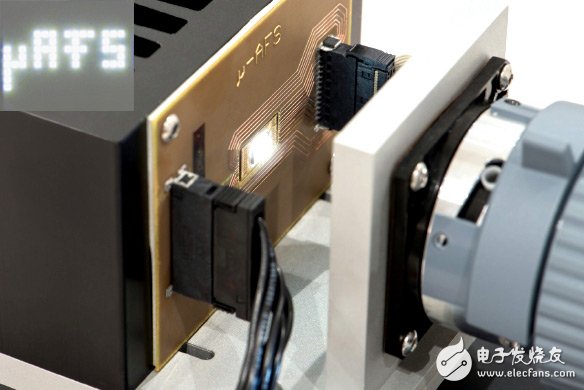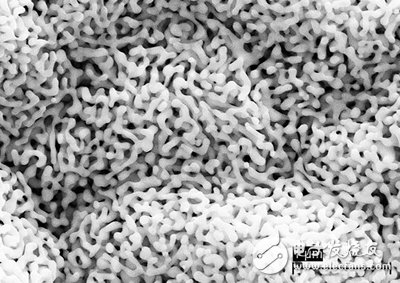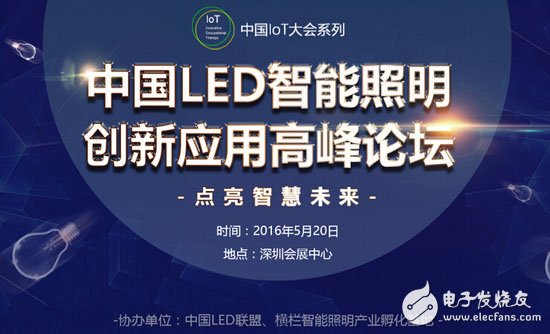Everyone who studies smart lights is solving the problem of lighting efficiency.
When traditional lights illuminate the road ahead, they often pierce the eyes of the driver. It also illuminates a large sky, as well as roadside trees and lawn houses. The information in these locations is of little value to driving. By controlling, the smart lights concentrate the light where it is most needed, keeping it dark where it is not needed.
This function of the lights has appeared. We can see some headlights that use laser or digital light processing systems, dynamically lock the target and then adaptively output the light, achieving the goal of “where to take itâ€. However, this approach is not efficient enough. Because in principle, this type of headlight light changes are achieved by selective blocking. In other words, the headlights are still completely bright, except that some unwanted pixels are blocked in some way, and there is still a waste of light.
On this issue, LED array headlights are more energy efficient, but they are more complicated in technical processing. This type of lamp is generally composed of 80 illuminating pixels, each of which is connected to expensive and cumbersome optics to control the switch individually. Turn on the desired pixels during use to control the illumination position.

The upper left corner is the headlight system to adjust the μAFS (study project name) typeface printed by the illuminating pixels.
The Fraunhofer Institute has developed a headlight system that features a dozens of individually controllable LEDs, which means that the lighting style will increase a lot. The Fraunhofer Institute's method uses four LED arrays, each with 256 luminescence pixels, each with a size of only 125 microns. Each pixel can be individually controlled and emits 3 types of luminous flux, which allows the headlamp to selectively release light energy. Typically, 70% of the LEDs are in a power saving mode - that is, turned off.
A very difficult part is that in order to control each pixel independently, each illuminating pixel is connected to the driver chip with a distance of only 15 microns. Interestingly, the researchers tried a material—a nano-sponge made of gold. This material really compresses like a sponge and precisely fits the surface relief of the part, making it a great joining material. Of course, the researchers are also experimenting with other materials. In addition to the gold sponge, they are still trying a gold-tin alloy.

Nano gold sponge
This new headlight is the result of a collaboration project called μAFS (Micro Adaptive Smooth Lighting System). In addition to the Fraunhofer Institute, the project includes Infineon, Osram, Hella and Daimler. OSRAM is responsible for the electrical, mechanical and thermal interfaces, and prototypes are transferred to the lamp module. Hella is primarily responsible for the development of optical systems and thermal management systems, including the design of the entire headlight. Daimler developed specifications and requirements for bus connections and optics, and was responsible for detailed testing of the headlights, and finally expected the product to be unveiled on Mercedes-Benz. In addition to the recent news that LED chips have been loaded into headlights, Fraunhofer researchers did not mention the details of commercial products.
Just don't know, with the gold sponge material, what is the commercialization cost of this lamp system?

China IOT Conference Series [The 3rd China LED Intelligent Lighting Innovation Application Summit Forum ] will invite Zigbee Alliance, WiFi, Bluetooth and 2.4G technology major supplier executives to share their market insight and latest development results, I hope you can grasp This rare opportunity to exchange, find better business opportunities, and find a higher partner.
Rear Rack Battery,Lithium Battery Pack,Electric Bicycle Battery 48V,Electric Icycle Lithium Batteries
Changxing Deli Technology Co., Ltd. , https://www.delipowers.com